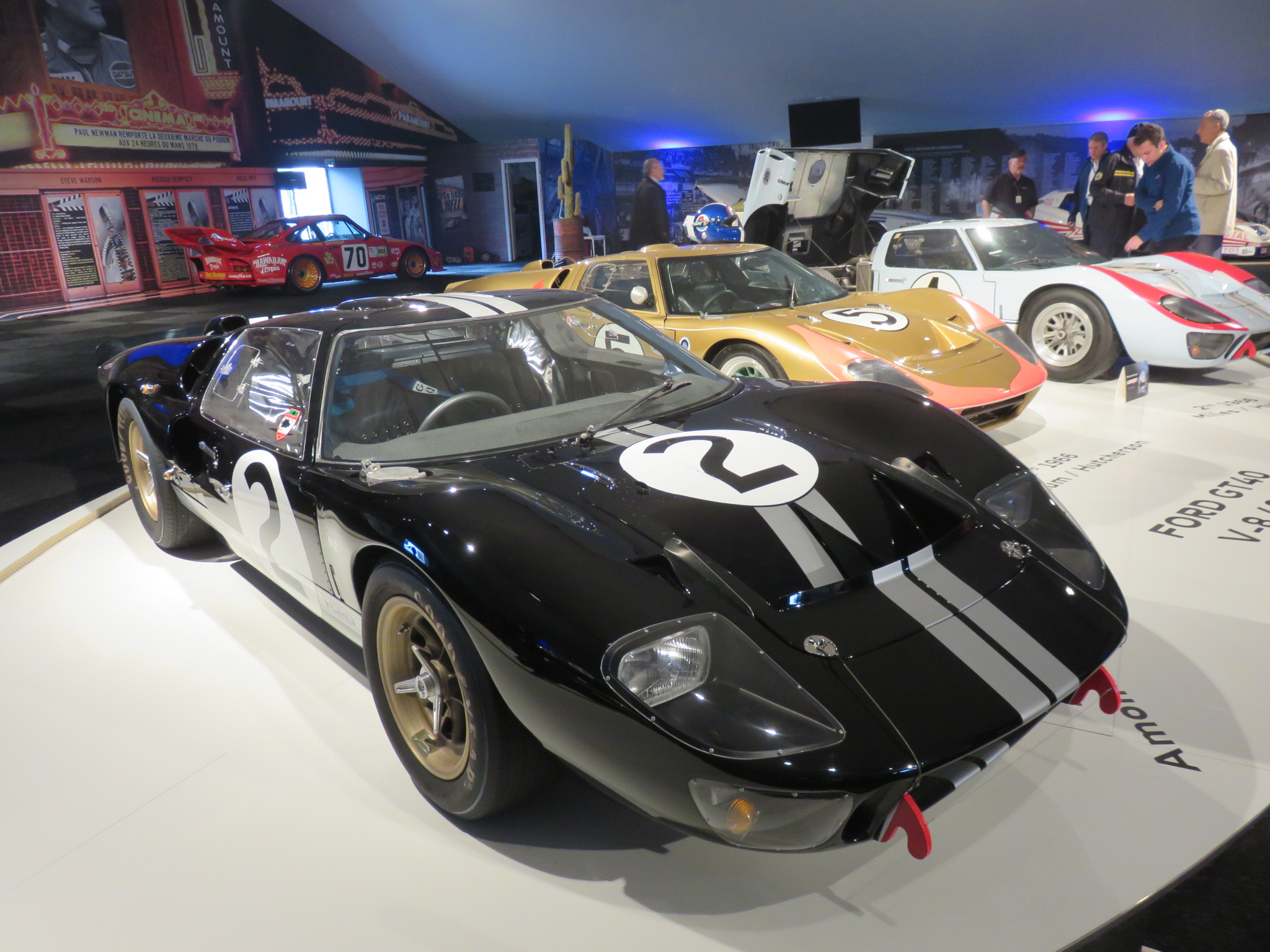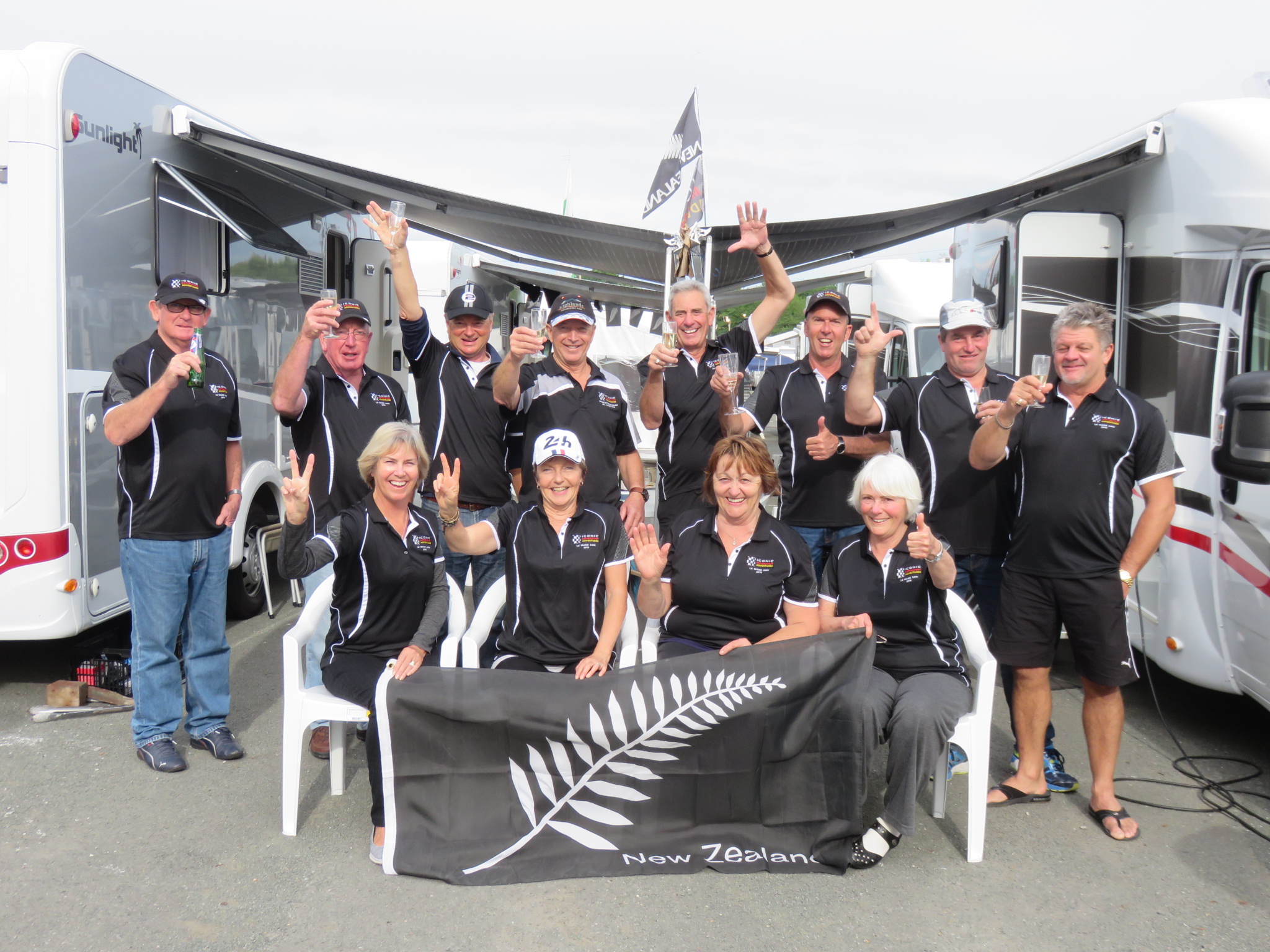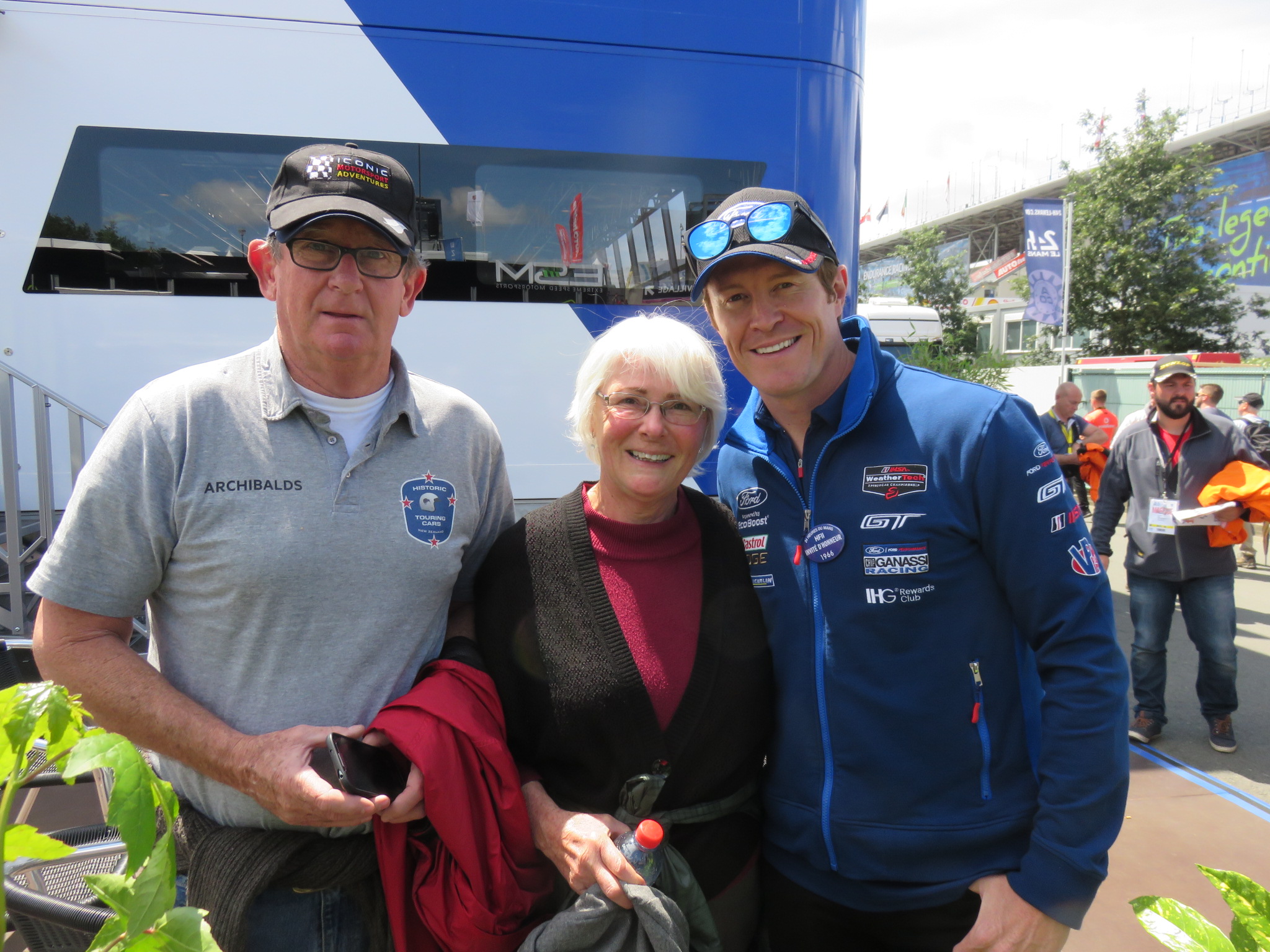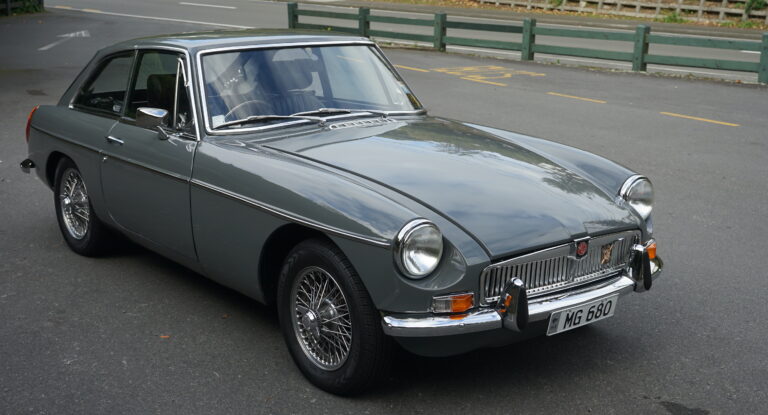In June 2016, Iconic Motorsport Adventures took their first tour to Europe to take in the 24 Hours of Le Mans. Having taken tours to the USA for six years — including the Indianapolis 500, Nascar at Talladega and Charlotte, and to the Bonneville Salt Flats for Speed Week — this was the first adventure outside of the USA.

The 24 Hours of Le Mans is a very special event, and the most iconic sports-car race in the world, and having four Kiwi drivers competing puts the icing on the cake for Kiwi race fans. 2016 also marked the 50th anniversary of Ford’s first win in 1966 for the GT40 driven by Kiwis Bruce McLaren and Chris Amon, with Denny Hulme coming second alongside Ken Miles. Ford were back again this year in the GTE Pro category.

The tour kicked off in Paris with a couple of nights in a very centrally located hotel, enabling plenty of sightseeing. After getting everyone settled into their motorhomes on the outskirts of Paris, the tour travelled the 220 kilometres towards Le Mans, stopping off to buy supplies for our stay at Le Mans. They then travelled down through the Loire Valley, with the convoy of seven motorhomes passing through some beautiful French villages, before eventually arriving at the Le Mans circuit.

Camped right across the road from the main gate, there were French fans on one side, English on the other, and Welsh at the front. Being able to camp there in very comfortable motorhomes is certainly one of the best ways to experience the event, as you can come and go as much as you like, particularly as the main race goes on for 24 hours. In the days leading up to the starting of the race there were the two nights of qualifying sessions to watch, paddock areas to browse, and countless merchandise and trade stands to peruse.
The race build-up viewed from the tour’s covered grandstand seats was something special, as all the teams were lined up for the French national anthem. The race start is at 3pm on Saturday, and due to this year’s rain, the grid would be starting behind the safety car.

Driving the second stint in the number one Porsche LMP1 car, Kiwi racer Brendon Hartley took the lead with an amazing drive, and ended up doing a triple stint at the wheel. Earl Bamber also took his Porsche RSR into the lead of the GTE Pro category when the track was wet and slippery. Unfortunately, both Brendon’s and Earl’s cars would suffer mechanical issues, while Ritchie Stanaway lost time early on with his Aston Martin in the pits.
Le Mans rookie Scott Dixon took the wheel of one of the new Chip Ganassi Racing–run Ford GTs in the GTE Pro class, coming third in class with the sister Ford GT winning the category.
Toyota, who are desperate to win Le Mans, looked to be on track with five minutes to go, having outrun both Audi and Porsche, but it wasn’t to be — the number five car came to halt just beyond the start-finish line, one lap short, handing the race to the number two Porsche 919 Hybrid.

With the spectacle of the 24 Hours of Le Mans all wrapped up, the tour wasn’t quite through with the racing action. On Monday morning they took their motorhomes for a drive around the famous La Sarthe circuit, and it’s only when you drive it that you truly appreciate the speeds the drivers are doing, especially along the Mulsanne Straight.
A final night back in Paris, this time in the Montmartre area, concluded a very enjoyable adventure. There are already plans in the works around going back to Le Mans in 2017 and another tour has also been added, this one to the Isle of Man for the TT event. Both of these tours are turning out to be very popular, with both of them half filled already.
For further information on any Iconic Tours, visit iconicmsport.co.nz.



